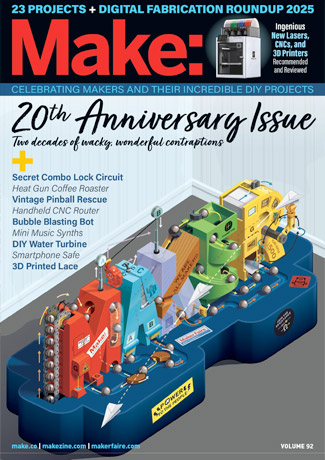
How Porsches are made… via NOTCOT.
Rolling off the assembly line and taking the world by storm in 1964, the Porsche 911 is now one of the world’s iconic sports cars. From the modest 911 Carerra with a top track speed of 185 mph to the 911 GT3, a street legal racecar that tops out at 194 mph. This Ultimate Factory can offer a color, style, and speed for even the most fastidious driver… At least two-thirds of the approximate one million Porsche sports cars built in the last 50 years are still being driven.
ADVERTISEMENT







